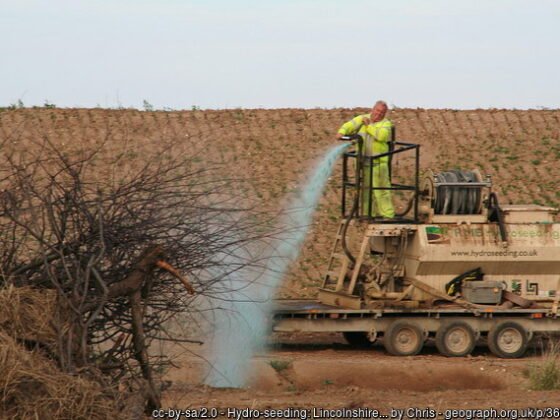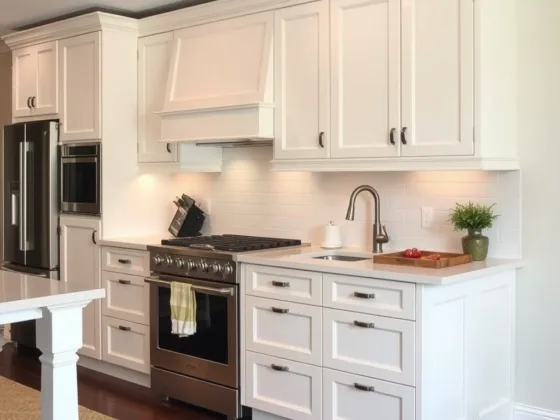Table of Contents Show
The roof is the first line of protection for your house. It protects your home from the unbearable summer heat, turbulent storms, dust, and dirt. However, just like every other appliance, our roof goes through regular wear and tear.
One of the most common problems with roofs is roof leakage. Many times the roof gets damaged due to damage from bad weather or natural disasters. But most people don’t know how to deal with roof leakages, so they end up living with a leaking roof, causing more trouble than expected.
Furthermore, a leaking roof is damaging to your house, furniture as well as health. It dampens the walls and helps mold grow. The dampness can be harmful to wooden furniture while putting a toll on your health. So. it’s essential to deal with roof leakages carefully.

So, how do you deal with a leaking roof? Let us help you! In this article, we’re going to discuss possible ways to fix a leaking roof. That being said, let’s begin!
Identify the Place of Leakage
The first step to fixing a leaking roof is to identify the place of leakage. It can be at the top of the roof or the ceiling underneath. Finding out the area of leakage is essential.
To begin with, see for visible signs of leakage. If any broken shingles, tear, or damage is noticed on the roof, the chances are that it is causing the leak.
However, if the roof looks okay at a glance but there are patches of water on the ceiling, it’s likely due to a leaking ceiling. So, try to understand the root cause of your problem before fixing it.
If you find it hard to identify it, wait until it’s raining. When it’s raining, go out and see if the water is leaking out of anywhere on your roof. If you have an attic, look for damp spots or molds. The chances that it’s leaking from there is very likely.
Cover Your Floor
Take a large piece of plastic or cloth to cover the entire area of the floor. We recommend using plastic tarps if you have access to it.
The reason behind covering the floor is that it prevents the floor from getting damp. Also, the water and debris can easily be cleaned if your floor is covered. However, don’t use simple clothes since they will soak up the water and get wet.
Fix the Broken Shingles
If you see broken or curled shingles on your roof, the leaks are likely due to the shingles. So, you have to fix them first.
If the shingles are curled, use a hammer to straighten them. You might have to make a few hits on it to make it happen. Afterward, use roof sealant or hot glue to secure it in position.
In case of broken shingles, get similar ones and replace them entirely. Use a pry bar to remove the shingle from its position without breaking it in half. Be careful so you don’t damage good shingles instead of the bad.
Once they’re in place, attach roof nails on both sides and secure them to their position. Afterward, add some roof sealant to fix it in its spot. Make sure to apply enough sealant to keep it in place properly.
After replacing your shingles, wait for a few days to see what happens. If you see more shingles falling, your roof might be losing i’s structural integrity. This is seen in roofs that are over 20 years old. In cases like these, you might need to get your roof replaced.
Understand more about what causes roof leaks from this article by Roof Top Services.
Cut the Blisters From the Roofing
If you have roll roofing, it will form blisters from the leaked water. The blisters store the water that needs to be taken care of before dealing with the rest of the issues.
Take a utility knife and tear through the blister. Make sure to cut enough holes big enough so the water and moisture can seep out of it. Afterward, use a dry rug to cover the blister and soak up all the water. Keep the rug for at least a day. You can use a blow dryer to quicken the drying process.
Apply Roof Cement
Roof cement is a way to easily and quickly deal with problems in the roof. Once you’re done dealing with the blister, it will leave a significant crack on it. Take a hefty amount of roof cement and apply it thoroughly over the crack as well as inside the crack. Try to put as much cement in the crack as you can.
Once the cement dries out, nail a few roof screws in your newly secured place to make it more secure.
Repair the Roof Substrate
If changing visible problems in the roof doesn’t help, you might require to look deep into it. If the part below the roof tiles and shingles are damaged, fixing the upper part won’t be enough. You need to fix the roof substrate as well.
The roof substrate is generally a piece of wood spread around to support the asphalt. Look for tears, rot, or damage inside the roof substrate. If the damaged part is manageable, use a utility knife and cut it out in a rectangular piece.
Now, cut a piece of wood similar to the size of the cut and place it there. Use cement or screws to secure it in place.
Replace the Roof
If the above steps don’t help or you can’t detect any problem after prolonged checking, you might need professional help. Roof replacement is a complicated process and can be risky if not done correctly. Contact Roofing Replacement Contractors near you for a seamless experience.
Conclusion
We can’t live without a roof above our heads. However, just like anything else, our roof needs to be taken care of. Being careless about it can cause accidents in the long run.
Leaking roofs are dangerous and unhealthy. In this article, we’ve discussed how to deal with leaking roofs in case of emergencies. We hope you find it helpful!









